The Grand Tour was a cultural and educational phenomenon that emerged in the late 17th century and lasted until the early 19th century. It was a rite of passage for wealthy young European men who traveled across the continent to broaden their horizons, deepen their understanding of the world, and acquire cultural and social refinement. The Grand Tour was a transformative experience that shaped the lives and perspectives of its participants, and it had a profound impact on the development of European art, literature, and intellectual thought.
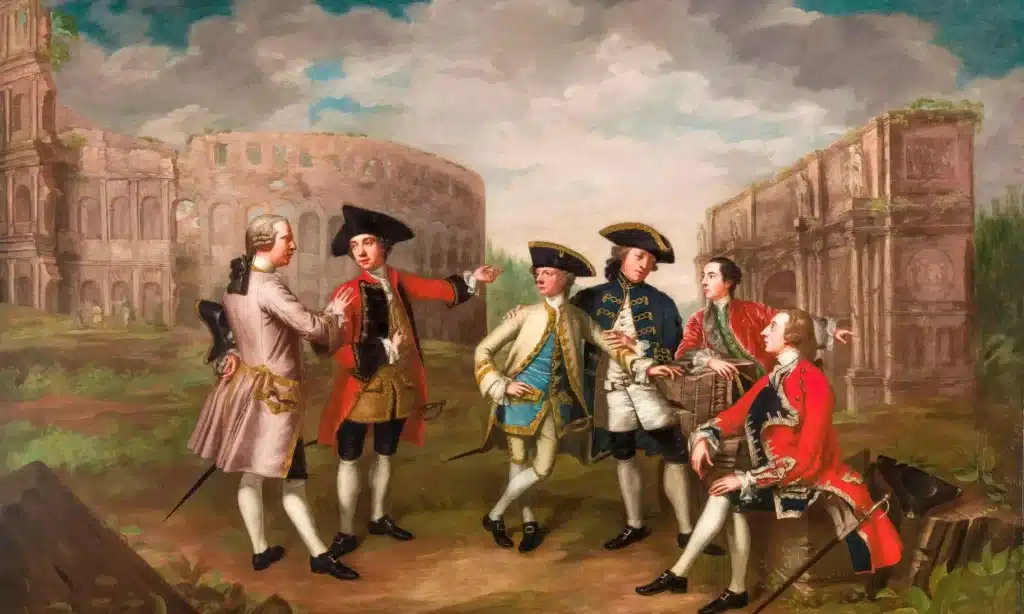
British Gentlemen in Rome by Katharine Read, 1750. © Yale Center for British Art
Origins of the Grand Tour
The Grand Tour originated in the late 17th century as the growth of trade and commerce in Europe created a class of wealthy merchants and businessmen who had the financial means to travel and explore the world. The Enlightenment ideals of reason, empiricism, and rationality also generated a new curiosity and desire to learn about the world beyond one’s immediate surroundings. This also coincided with the Baroque period in art and architecture, which was characterized by grandeur, opulence, and spectacle. The Grand Tour allowed young men to experience firsthand the artistic and architectural wonders of Europe, such as the Baroque palaces of Italy, the Gothic cathedrals of France, and the classical ruins of Greece and Rome. Italy became the centerpiece of the Grand Tour, as Rome in particular was seen as the cradle of civilized culture, art, and intellectual thought.
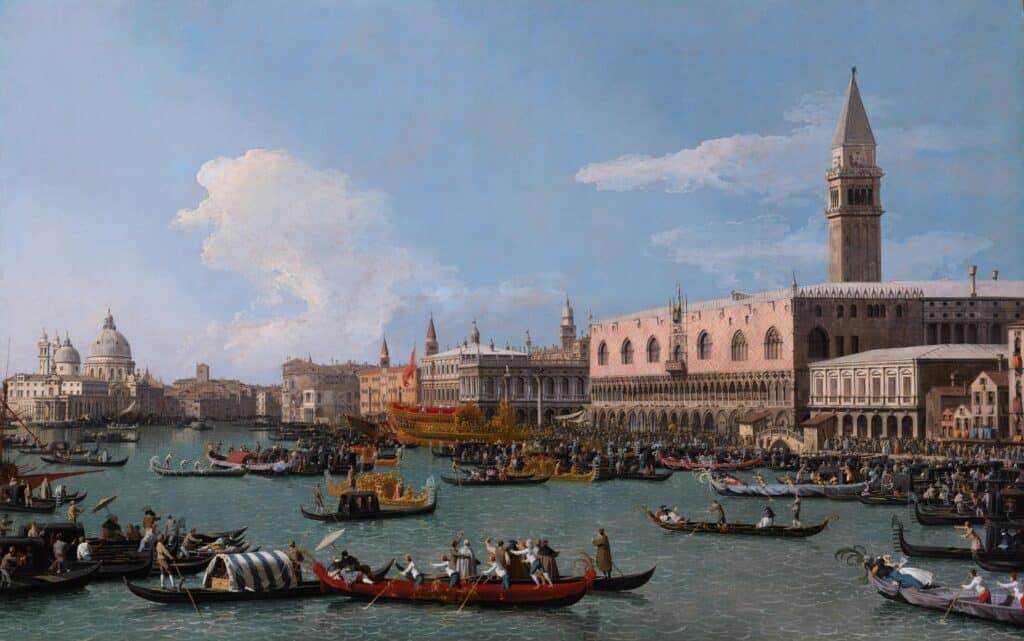
The Grand Canal, Ascension Day: The embarkation of the Doge of Venice for the Ceremony of the Marriage of the Adriatic by Canaletto. © The Woburn Abbey Collection
Journeying across the European continent provided a way for young men to acquire cultural and social refinement, which would be useful in their future careers and social lives. It was seen as a rite of passage for young men of means, who were also sometimes accompanied by tutors to guide them through the intellectual elements of their journey. They would learn about art, literature, music, philosophy, and history, and would have the opportunity to meet and socialize with other young men of similar status and interests. The Grand Tour was seen as a way to cultivate one’s taste and sensibility, and to develop a sense of cosmopolitanism and openness to other cultures.
I will bring them out of their study, and from amongst the dead, to converse with the living. We must now make them look abroad, raise them to a higher form, and teach them how to know the world; which to live in and not understand, is a shame and a disadvantage when one is come to a competent age… parents will do very well to send them into foreign parts.” — John Gailhard, English tutor and travel chaperone, from his book The Compleat Gentleman (1678).
The Grand Tour was also a prestigious and visible way to assert one’s social status and cultural refinement. Young men visiting the great cultural and intellectual centers of Europe, such as Paris, Venice, Florence, and Rome, could attend concerts, operas, and other cultural events. They would also visit museums, galleries, and libraries, and would purchase works of art, books, and other cultural artifacts as souvenirs of their travels. The Grand Tour was a way for young men to demonstrate their knowledge, taste, and sophistication, and to establish themselves as members of the European cultural elite.

Portrait of Francis Basset, 1st Baron of Dunstanville by Pompeo Batoni. Oil on canvas, 1778. © Museo Del Prado
Cultural Significance of the Grand Tour
The Grand Tour had a profound cultural influence in Europe. It helped to disseminate knowledge and appreciation of the arts, literature, and intellectual thought across the continent. Young men returned from their travels with a wealth of knowledge and experiences that they shared with their families, friends, and with the wider public through their writings and the souvenirs. The Grand Tour helped to foster a culture of curiosity and learning, and contributed to the development of a European cultural identity.
The Grand Tour also had a significant impact on the development of European art and architecture. Young men who traveled to Italy, in particular, were exposed to the works of the great Renaissance and Baroque masters, such as Leonardo da Vinci, Michelangelo, and Raphael. They studied their works, copied their designs, and collected their art. The Grand Tour helped to popularize Italian art and architecture across Europe, and inspired a new generation of artists and architects to create works in the Italian style. The rediscovery of Pompeii in 1738 especially led to increased interest in the art and culture of antiquity, resulting in the rise of neoclassicism and palladianism in European art.
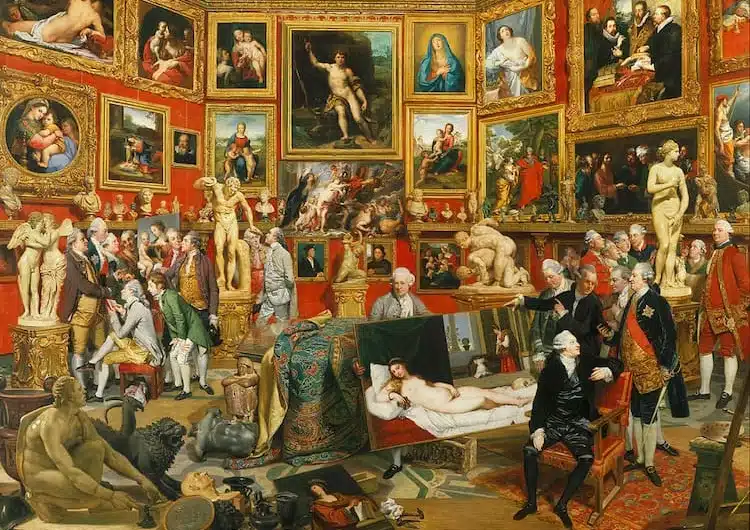
“Tribuna of the Uffizi” by Johann Zoffany. Oil on canvas, 1772-1777. © The Royal Collection Trust
The Grand Tour also had a significant impact on literature, inspiring writers and poets to create works that captured the essence of travel and adventure. Poets such as Lord Byron and Percy Shelley were themselves Grand Tourists, and their works often reflected their experiences traveling throughout Europe. Fashion was also profoundly impacted by the Grand Tour, as travelers often brought back fabrics, clothing, and accessories from their travels, which inspired European fashion trends. These trends ranged from the incorporation of classical motifs in clothing design to the use of exotic fabrics and styles from the Mediterranean, the Middle East and Asia.
Another significant impact of the Grand Tour was the rise in interest in “the Orient.” While itineraries of the Grand Tour initially focused on the great cultural centers of Europe, they gradually began to expand beyond the borders of the European continent into North Africa and the Middle East as colonization of these regions opened new corridors. The exotic items brought back from these regions sparked the European imagination. Items felt to capture the mystery and beauty of these far away lands became highly collectible, and European artists sought to capture that beauty in their own work, as can be seen in the painting below. Influenced by Italian painting techniques after traveling there to study the masters, Charles Landelle attempts to capture the beauty of the east through western painting styles. Such cultural and artistic diffusion represents a characteristic influence of the Grand Tour, which would impact European art for decades and centuries to come.
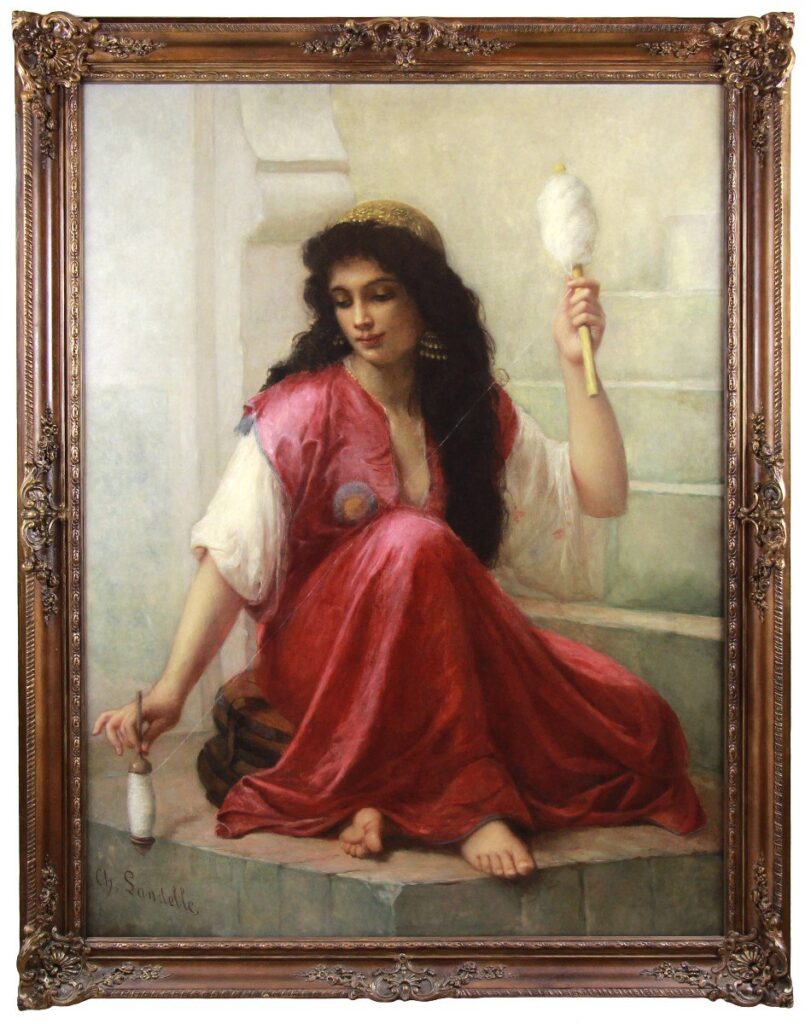
“Young Oriental With Spindle” by Charles Landelle. Oil on canvas, 19th century. © Monarts Gallery
Collecting Souvenirs
Another major impact of the Grand Tour was the rise of souvenir collecting, an important part of the Grand Tour experience. These souvenirs included paintings, sculptures, prints, engravings, maps, books, manuscripts, jewelry, textiles, and other decorative objects. These items were often purchased from local artisans, dealers, or street vendors, and were intended to serve as a tangible reminder of the traveler’s experience. Souvenirs were not just mementos; they were also symbols of wealth and sophistication, and were displayed in the homes of the travelers as a sign of their cultural and social refinement.
Paintings/drawings/etchings: Many tourists took home paintings or other visual media that depicted important landmarks of the places they visited, such as the Colosseum in Rome or Piazza San Marco in Venice. Others recreated the most inspiring aspects of a region’s art and architecture, depicting famous Roman statues in a two-dimensional format that could be more easily taken back home.
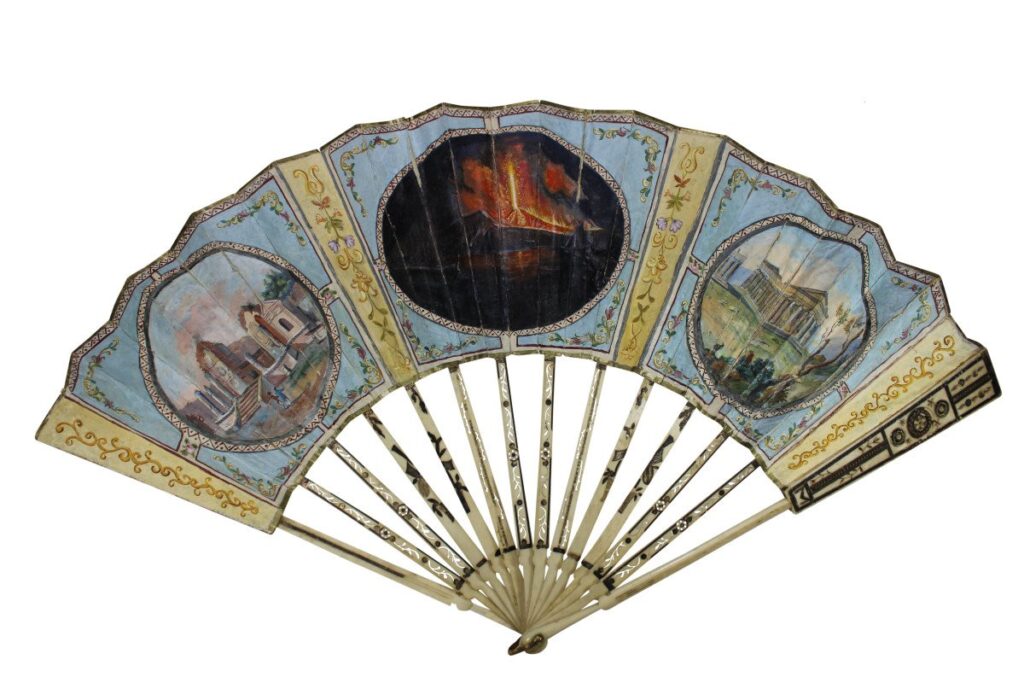
Grand Tour Souvenir Fan, artist unknown. Depicts the Temple of Serapide in Pozzuoli, Vesuvius erupting, and the Temple of Poseidon in Paestum. 18th century. © Precious and Antique
Sculptures: Those of affluence and means could afford to take back beautiful works of antiquity in their entirety, both originals and recreations. The beauty and prestige of Greek and Roman sculpture seems to have often outweighed the difficulty or transport, as many made their way back to private collections in England and elsewhere. For others who could not afford souvenirs of such scale, smaller versions of Greek and Roman statuary could be purchased as souvenirs, carved in marble or wood, or cast in bronze.

Grand Tour Bronze of a Trotting Horse, artist unknown. Bronze and marble, 19th century. © Old World Wonders
Other decorative objects: Tourists also brought back exquisite handmade pieces of furniture, inlaid boxes, engraved jewelry, ceramics, and other decorative objects adorned with gilt, ivory, intricate micromosaics, and pietra dure. These pieces varied widely, representing the unique artistic culture of the regions from whence they came.
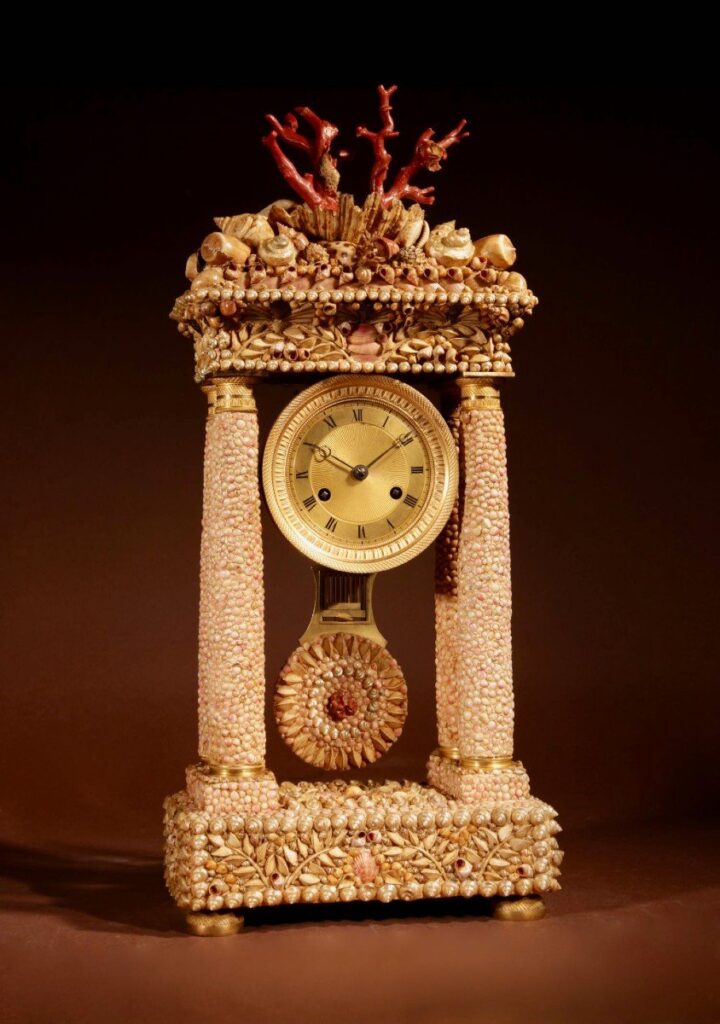
Grand Tour Italian Grotto Portico Clock by Cailly Ainé. Sea shells, red coral, and ormolu. 1830. © Koos Limburg Jnr
Symbols of Sophistication
These souvenirs served as a way of documenting the traveler’s experiences by providing a record of the places they visited, the people they met, and the cultural artifacts they encountered. They also served as a way of preserving memories of the trip for future generations, and for the traveler to demonstrate their cultural and social refinement. The more souvenirs a traveler collected, the more cultured and refined they were considered to be. Souvenirs were often displayed in prominent locations in the traveler’s home, such as the drawing room or library, as a way of showcasing their status.
Souvenirs also served as a way of establishing connections and networks. The collection of souvenirs allowed the traveler to establish relationships with local artisans and dealers, and to develop connections with other travelers who shared their interests. They also served as a way of promoting cultural exchange, allowing the traveler to bring back cultural artifacts from other countries and share them with their own culture. Souvenirs were often used as a way of introducing new styles and ideas to European culture, and they played an important role in the development of European art and design. The beautiful items brought back as mementos from the Grand Tour gave rise to a new era of European art, which embraced the beauty of antiquity and the artistic creativity of other cultures.
You May Like
Grand Tour | Italian Art & Antiques | Baroque | Neoclassicism | Orientalism | 18th-Century Fine Art | 18th-Century Decor


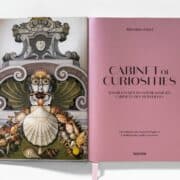
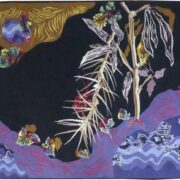

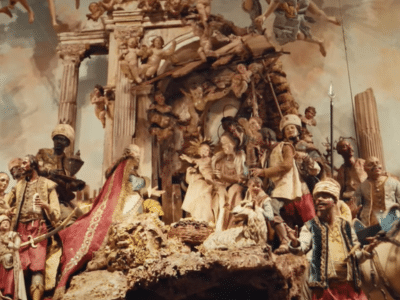

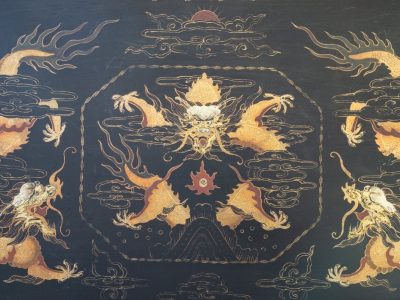
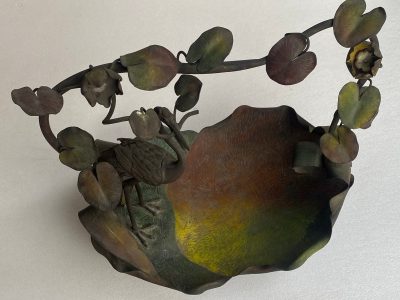

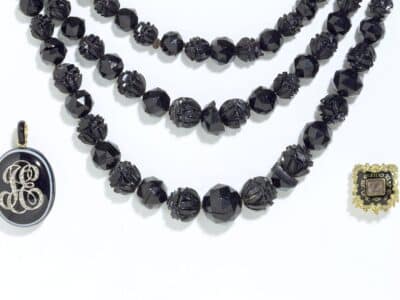

[…] designed it in 1754 before Robert went for a Grand Tour in Italy—as James did after him—and rose as the highly fashionable architect he is now known […]